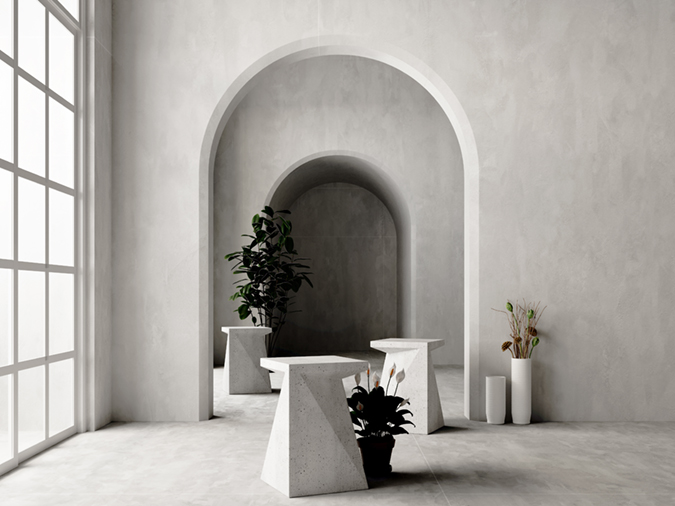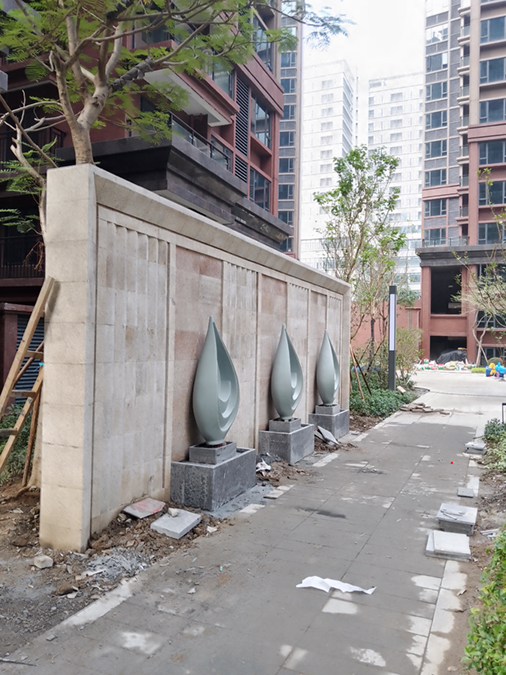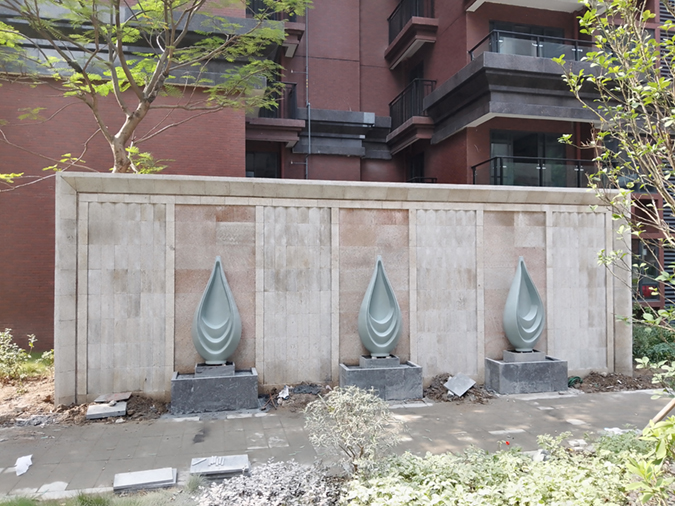In the fast-paced modern world, with an increasing emphasis on enhancing the quality of living spaces, there is a growing desire to integrate elements of nature into urban environments. GRC (glass fiber-reinforced cement) has emerged as a novel building material that, through its unique properties and aesthetic appeal, plays a significant role in connecting natural elements with architectural design in the realm of furniture.
GRC furniture can serve as a bridge between nature and architecture because of the distinctive advantages offered by GRC materials. First, GRC is lightweight yet robust, making GRC furniture both easy to install and durable for long-term use. Second, GRC possesses exceptional malleability, enabling designers to create complex and varied forms and mimic multiple textures found in nature, such as wood grain and stone patterns, thereby harmonizing furniture with the natural surroundings. Furthermore, GRC exhibits good weather resistance and environmental sustainability, capable of enduring various climatic conditions while reducing reliance on natural resources, aligning with the principles of sustainable development.
In contemporary home design, GRC furniture plays an increasingly important role due to its unique material characteristics. Whether indoors or outdoors, GRC furniture can be crafted to meet diverse needs while maintaining both functionality and aesthetics. For example, in outdoor spaces, GRC benches, tables, and chairs not only withstand harsh weather conditions but also evoke a sense of nature through their textural mimics. In indoor environments, GRC furniture, such as coffee tables with natural textures, decorative wall panels, or sculptures, can create an ambiance that resonates with the natural environment, allowing individuals to enjoy a sense of closeness to nature within their homes.
From a broader perspective, GRC furniture is more than just a decorative item or functional product; it represents a manifestation of modern design philosophy. Through the design and application of GRC furniture, architects and designers can better express their understanding and pursuit of harmony between nature and built environments. This pursuit extends beyond the physical to the spiritual, encouraging individuals to find tranquility in their busy lives and reestablish a connection with nature.
In summary, GRC furniture, with its unique material advantages, broad range of applications, and profound social significance, successfully serves as a bridge between nature and architecture. With advancements in technology and societal progress, we have every reason to believe that GRC furniture will play an even greateesigns, helping people to create more beautiful and harmonious living environments.r role in future home designs, helping people to create more beautiful and harmonious living environments.
Post time: Aug-28-2024



